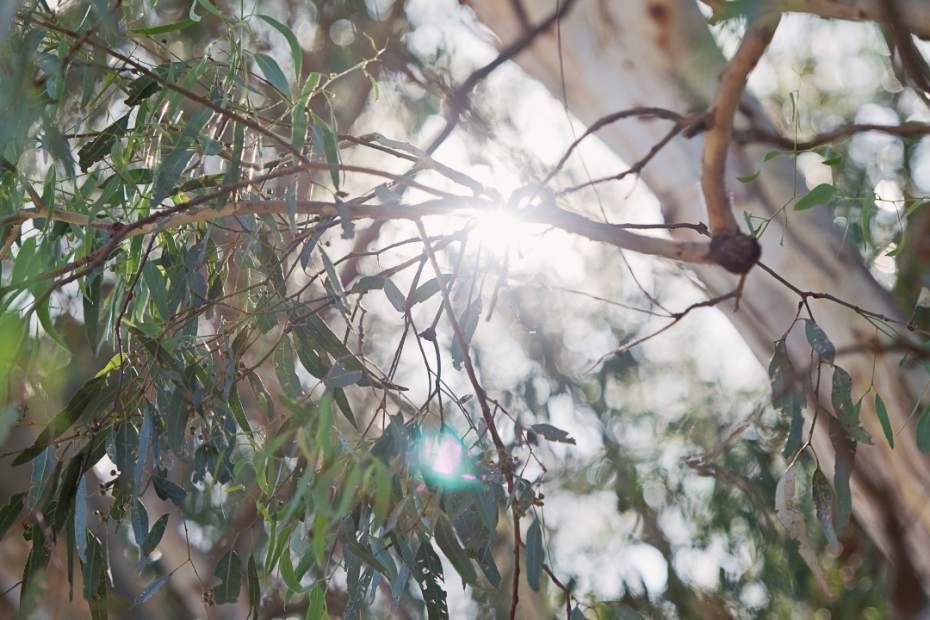Shinrin-Yoku or the Japanese art of “forest bathing”
Introduction
Team Reverence Events headed out to the Perth foothills last week to spend the morning in the bush: walking; breathing in the fresh air and scents of wood and wildflower; appreciating the beauty; and relaxing in that special way that spending time in what we call “nature” seems to support.
On our walk, we came across some fellow bush admirers. In a very nourishing conversation from these enthusiastic locals, the concept of Shinrin-Yoku was raised. I had never heard of it, but it stayed with me as something I felt inspired to look into and also to share with you.
Why engage in Shinrin-Yoku?
In Japan, the process of deeply experiencing nature by taking it in slowly and thoughtfully through all the senses is called Shinrin-Yoku, which translates as “forest bathing”.
The practice’s effects on the body and mind have been studied since it was developed in the early 1980s. It has now been shown to lower cortisol, the body’s primary stress hormone, and lower blood pressure. It has also been shown to help improve immunity and boost metabolism.
Trees and plants release tiny little molecules called phytoncides. They are active substances that help protect them from rotting or being attacked by insects or diseases. Phytoncides emitted by trees have a beneficial effect on humans. They decrease the production of stress hormones by our bodies, while increasing the number and activity of a type of white blood cell called natural killer cells or NK cells.
Numerous studies show that stress inhibits immune functions and that a properly functioning immune system plays an important role in the body management of bacteria and viruses.
These phyto-chemicals not only enhance the health of the trees and plants emitting them, but have an effect on human physiology and mental well-being as well.
How do you go about forest bathing?
A typical session involves walking very slowly and deliberately through the forest, but you can also try this technique in other natural environments. As you walk, think about expanding your gaze to admire more of the beauty of nature than you previously noticed before.
Notice subtle differences in the colour of things. Take a moment to pause and deeply breathe in the abundant clean oxygen from the trees. Gently bend down and run your fingers through the grass below your feet. Open your ears to tune in to to the sound of bees buzzing, birds chirping, and leaves rustling. Breathe in deeply through your nose to smell the aromas.
Yuko Tsunetsugu, from the Forestry and Forest Products Research Institute in Matsunosato, Tsukuba, Japan, writes eloquently about the forest’s impact upon the five senses:
Vision: Viewing a picture of people taking a walk in a beautiful forest decreases blood pressure and heart rate. The viewing also decreases prefrontal activity in the brain, and correlates to subjective feelings of calmness and elation, compared to viewing a photo of a lovely cherry tree in full bloom. Blood pressure and heart rate lowering are also observed when people are in rooms with 45% wood content.
Smell: Scents are associated with instinct, emotion, and preference. Taking in the phytoncides of a forest via olfaction has physiological effects. Blood pressure decreases, prefrontal activity decreases, anxiety and depression diminish, the mind works more efficiently, and breathing slows.
Touch: Touching untreated or thinly painted wood paneling does not increase blood pressure, but when wooden paneling is thickly painted, blood pressure stays elevated.
Sound: As expected, the sound of a stream is soothing, thus blood pressure and brain activity decrease when hearing a stream running over rocks through a forest.
Enjoy!
This picture is a view from Lesmurdie Falls….I hope you find it nourishing and that it perhaps inspires you to head out on your own Shinrin-Yoku.
